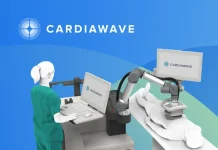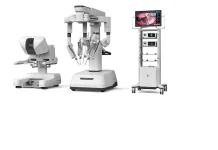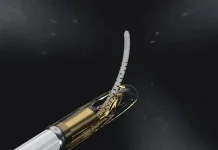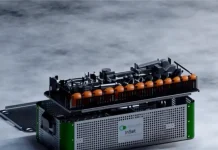MicroTransponder announced positive real-world outcomes for its Vivistim vagus nerve stimulation (VNS) system.
Data highlighted Vivistim’s impact when paired with occupational or physical therapy to help ischemic stroke survivors improve hand and arm function. The study demonstrated 2-3 times improved arm function compared to traditional stroke therapy alone.
Dr. Ronald P. Benitez presented safety and outcomes data at the American Heart Association’s 2025 International Stroke Conference. Benitez serves as a neurosurgeon at Atlantic Brain and Spine.
Related: Wellumio’s portable MRI device trial enrols first subject in Australia
“These outcomes are especially compelling considering patients showed positive responses to Paired VNS therapy with Vivistim despite an average of 3.6 years post-stroke, supporting the efficacy of this innovative treatment in the chronic stroke population,” said Benitez. “Presenting this data at ISC to my fellow neurosurgeons and other health care professionals is significant because it demonstrates how this soon-to-be standard of care enhances outcomes for stroke survivors safely and effectively.”
The study evaluated 25 post-acute stroke patients with moderate to severe motor impairments in the arm and hand. Benitez said 22 of those 25 completed the six-week therapy protocol. Patients ranged from 40-80 years (mean 62.6). Time to implantation ranged from 1-11 years.
Benitez reported a mean improvement in the Fugl-Meyer Assessment-Upper Extremity (FMA-UE) score of 9.53 points. Patients with the longest follow-up (22 months) showed continued progress. Benitez said they shaved almost one minute off of timed tasks.
Vivistim, a standard VNS implant, requires no additional surgical training. Investigators reported no infections or surgical complications associated with implantation.
“Chronic stroke recovery is emerging as a key theme at ISC and among health care professionals, partly because Vivistim is the first clinically proven innovation in 30 years that helps increase neuroplasticity for ischemic stroke survivors,” said Richard Foust, CEO of MicroTransponder. “We’re proud to be at the forefront of chronic stroke recovery and partner with some of the best neurosurgeons, neurologists, physiatrists, occupational therapists, physical therapists and other stroke professionals, who are excited to renew hope for their patients.”






